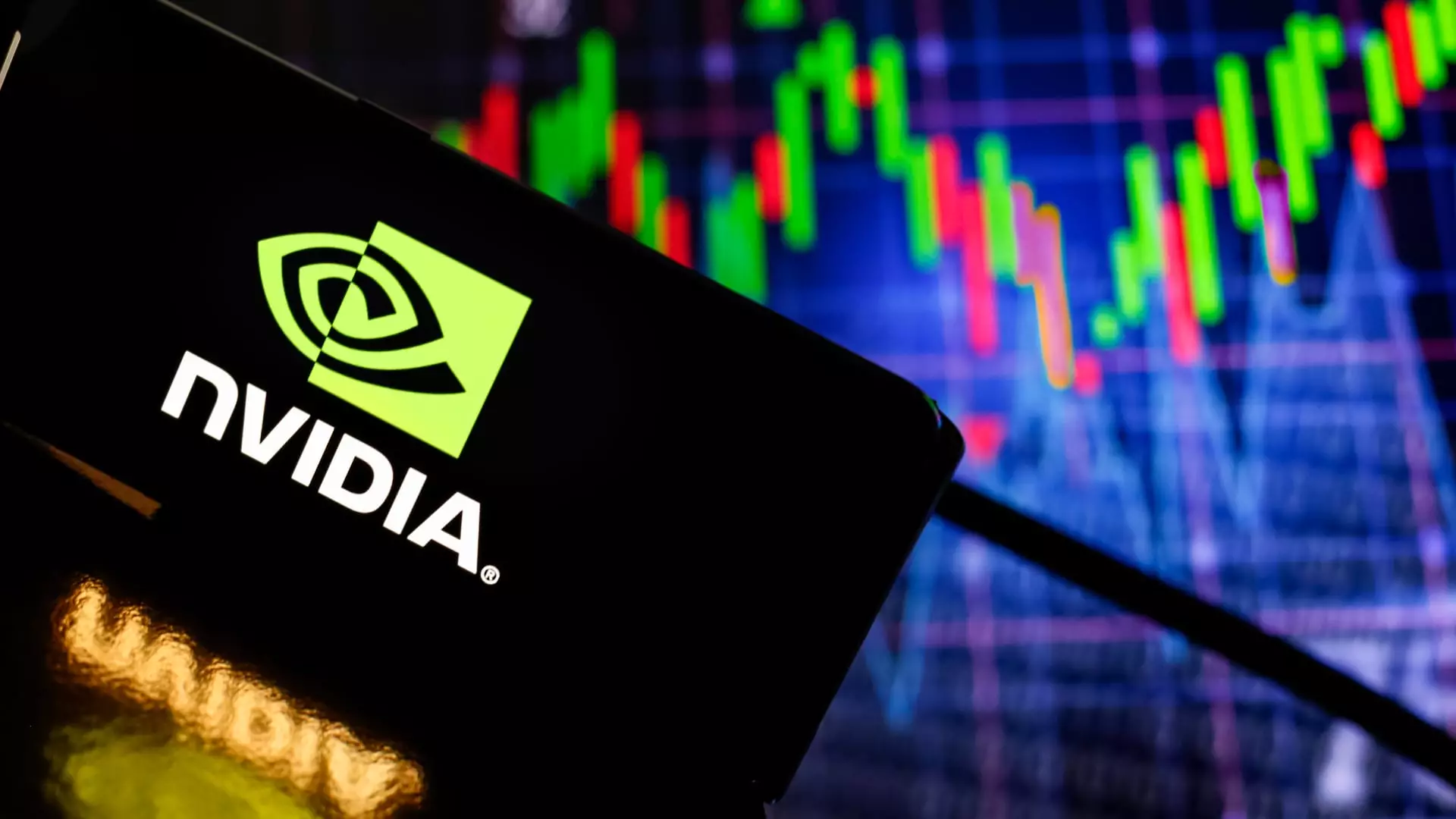Recent developments in the technology sector have sent ripples through major stock markets, particularly affecting renowned companies like Nvidia. As highlighted by Freedom Capital Markets’ chief global strategist Jay Woods, the emergence of AI startups like DeepSeek has created turbulence, leading to significant stock fluctuations. Nvidia, a key player in AI chip manufacturing, experienced a dramatic 17% decline in its share price recently, partly due to concerns regarding the internet giants’ heightened investments in AI capabilities. This article delves into the broader implications for Nvidia and analyzes the strategic viewpoints regarding several equities.
Following its significant drop, Nvidia’s share price experienced a commendable rebound, rising by 9% the very next day. While the company remains down 4% month-to-date, it has demonstrated impressive growth, gaining 111% over the past year. Woods expressed optimism about Nvidia’s future despite the recent volatility, characterizing the situation as a potential “buying opportunity.” His comments reflect a broader sentiment that sees the dip not as a harbinger of doom, but rather as an advantageous moment for investors willing to navigate the uncertainty created by competitive AI developments.
Despite the chaos triggered by DeepSeek’s entrance into the market, Nvidia’s foundational position as a leader in AI technology suggests resilience. Companies are compelled to adapt rapidly to the changing landscape, and investors should consider the long-term implications of continued innovation in AI and technology.
On a different front, discussions surrounding General Motors (GM) reveal a perplexing conundrum. Despite delivering strong earnings and revenue that surpassed expectations for the fourth quarter, GM’s stock declined by 9%. This contradictory movement suggests that investors are skittish about looming policy changes, particularly regarding tariffs and the potential implications for the automotive sector under a new administration. Woods, however, posits that the reaction may be overblown and presents a compelling case for purchasing GM shares at this dip.
He highlighted that, while there are concerns over 25% tariffs, the fundamentals of GM’s quarterly performance are solid. This creates an interesting opportunity for savvy investors who can look beyond immediate market reactions and focus on the long-term prospects for GM’s transition to electric vehicles and its competitive standing in the market.
In contrast, RTX, formerly Raytheon Technologies, demonstrates a more stable trajectory. Following the release of its robust fourth-quarter results, the stock rose nearly 3%, showcasing investor confidence amidst broader market fluctuations. Woods noted that RTX’s strong earnings report, which exceeded expectations, coupled with the company’s favorable outlook, positions it well for future performance.
The aerospace and defense sectors are historically resistant to severe downturns due to consistent demand for defense technologies. Woods emphasizes that RTX is proactively poised to benefit from governmental contracts, particularly if U.S. defense policies continue to favor companies with expertise in missile defense systems. Such strategic positioning indicates RTX could present a valuable long-term investment potential within the current market landscape.
As investors navigate through this turbulent market period, the insights drawn from Jay Woods’ analysis of Nvidia, General Motors, and RTX are invaluable. The emergence of challenging scenarios, such as AI competition and policy changes, reveals the complexities of investment decisions. Nevertheless, understanding the long-term outlook, evaluating company fundamentals, and exercising caution can yield opportunities amidst uncertainty.
Investors must remain vigilant and analyze market shifts in tandem with company performance data, as it is often the case that initial market reactions may not accurately reflect a company’s long-term potential. Through informed decision-making, one can capitalize on short-term downticks while keeping an eye on the broader picture for sustained growth.

